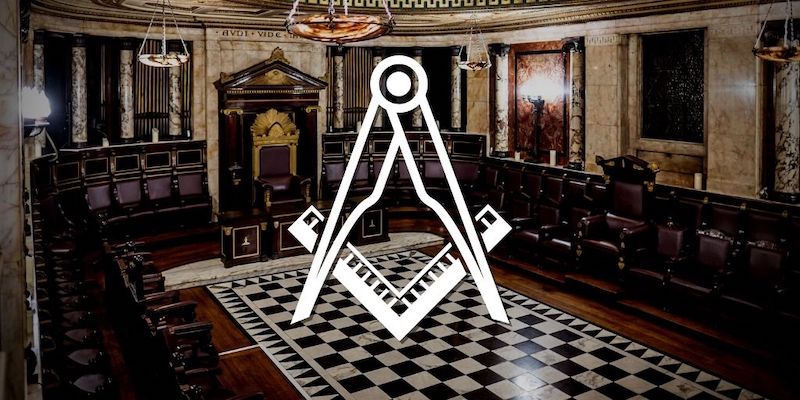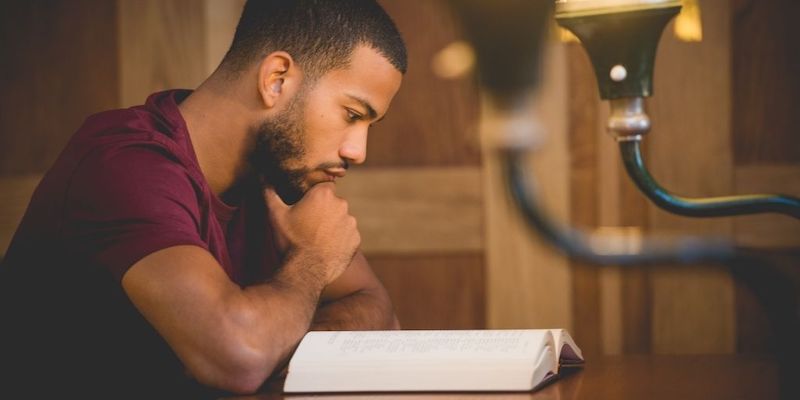The Junior Deacon plays a vital role in the Entered Apprentice degree of Freemasonry, acting as a guide for the candidate as they progress through the various stages of the degree.
Part of this role involves delivering several speaking parts essential to the degree’s flow and structure.
In this article, we will explore the Junior Deacon’s speaking parts in the Entered Apprentice degree, including their significance, their symbolism, and some memorization tips.
Whether you’re a new Mason preparing to take on this role for the first time or a seasoned Mason seeking to enhance your understanding of the degree, this article will surely provide valuable insights and guidance.
SN1: This doesn’t include the Junior Deacon’s part in the Opening ceremony of the Lode.
SN2: Due to the secretive nature of the ritual, I will not explain what is said and done during the speaking parts. For that, you need to see your ritual book

In the Entered Apprentice degree of Freemasonry, the Junior Deacon has several speaking parts.
These include:
Introducing the candidate to the Senior Warden:
After the candidate has been prepared and is ready to enter the lodge room, the Junior Deacon escorts the candidate to the door of the Lodge and announces to the Senior Warden that there is an Entered Apprentice candidate seeking admission to the Lodge.
Announcing the Senior Warden’s permission to enter:
When the Senior Warden grants permission for the candidate to enter the Lodge, the Junior Deacon conveys this permission to the candidate by saying, “The Senior Warden gives you permission to enter.”
Presenting the candidate for obligation:
After the candidate has been received into the Lodge and has taken his place, the Junior Deacon presents him to the Worshipful Master for the obligation, saying, “Worshipful Master, I present to you Brother _____, a candidate properly prepared to be initiated as an Entered Apprentice.
Assisting with the working tools lecture:
During the working tools lecture, the Junior Deacon may also sometimes assist the WM in the presentation of the working tools of an Entered Apprentice to the candidate, explaining their symbolic significance.
Assisting with the closing ceremony:
At the end of the degree, the Junior Deacon helps to close the Lodge by conveying the commands of the Worshipful Master to the brethren and ensuring that the Lodge is in order.
The differences in Ritual around the world

The basic elements of the Entered Apprentice degree and the Junior Deacon’s role are generally consistent worldwide.
However, there may be some variations in the specific wording or ritual practices depending on the jurisdiction or region. Freemasonry is a global organization with different Grand Lodges and Masonic jurisdictions, each of which may have its unique customs and traditions.
It’s worth noting that Freemasonry’s overall teachings are meant to be universal and transcend language and cultural barriers.
Therefore, the basic principles of the Entered Apprentice degree and the role of the Junior Deacon are intended to be consistent and applicable regardless of where the degree is conferred.
If your Lodge performs the Entered Apprentice degree or the role of the Junior Deacon differently than what is commonly practiced in other Lodges, it may be due to the specific customs and traditions of your Lodge or the jurisdiction in which it is located.
If you have any questions about how your Lodge performs the Entered Apprentice degree or the role of the Junior Deacon, you should speak with the officers of your Lodge, as they will be able to provide you with more information and answer any questions you may have.
It’s important to remember that while there may be some differences in ritual practices across different Lodges, Freemasonry’s underlying principles and teachings are intended to be universal and consistent.
Is there a lot to memorize for the junior deacon speaking parts in the entered apprentice degree?

Yes, the Junior Deacon in the Entered Apprentice degree has several speaking parts that must be memorized.
The amount of material that needs to be memorized will depend on the specific ritual of your Lodge or jurisdiction.
Still, typically, the Junior Deacon will need to memorize the wording of the announcements, presentations, and explanations given throughout the degree.
In addition to memorizing the specific wording of the speaking parts, the Junior Deacon will also need to be familiar with the flow and structure of the degree, as well as the overall symbolism and teachings conveyed during the degree.
This knowledge will help the Junior Deacon perform his role confidently and clearly and effectively communicate the degree’s lessons to the candidate.
Memorizing the speaking parts of the Entered Apprentice degree is an integral part of the learning and development process in Freemasonry and can help to deepen your understanding and appreciation of the principles and teachings of the Craft.
What are the best ways to memorize the Masonic ritual?
There are several effective ways to memorize the Masonic ritual, including:
- Repetition: One of the most effective ways to memorize the Masonic ritual is repetition. Repeat the words and phrases of the ritual out loud until they become ingrained in your memory.
- Visualization: Another helpful technique is to visualize the actions and words of the ritual in your mind’s eye. This can help to create a mental image that can be easier to recall later.
- Association: Try to associate the words and actions of the ritual with something familiar to you. For example, you could associate certain phrases with a particular object or image to help trigger your memory.
- Group practice: Practicing the ritual with a group of fellow Masons can be helpful, as it allows you to hear and see how others are performing the ritual, and can provide an opportunity for feedback and support.
- Recordings: Listening to recordings of the ritual can also be a helpful way to memorize the words and phrases. You can create your own recordings or find pre-existing recordings online.
- Understanding the symbolism and meaning: Finally, understanding the symbolism and meaning behind the ritual can also help with memorization. When you understand the more profound significance of the words and actions, it can be easier to remember them.
Remember that memorizing the Masonic ritual takes time and effort, so be patient and persistent in your practice.
With consistent effort and dedication, you will be able to commit the ritual to memory and perform it with confidence and clarity.
If you’re looking to improve your memorization skills and learn how to master the Masonic ritual, you can check out our “Ritual Memorization” course.
In this course, I will teach you proven techniques and strategies for memorizing the Masonic ritual, including repetition, visualization, association, and more.
With access to the course, you will also get access to our Freemasons’ Community, where you can find a mentor, practice, and receive feedback in a supportive and encouraging environment.
Whether you’re a new Mason looking to learn the Entered Apprentice degree, or a seasoned Mason seeking to improve your proficiency in the ritual, this course has something to offer for everyone.